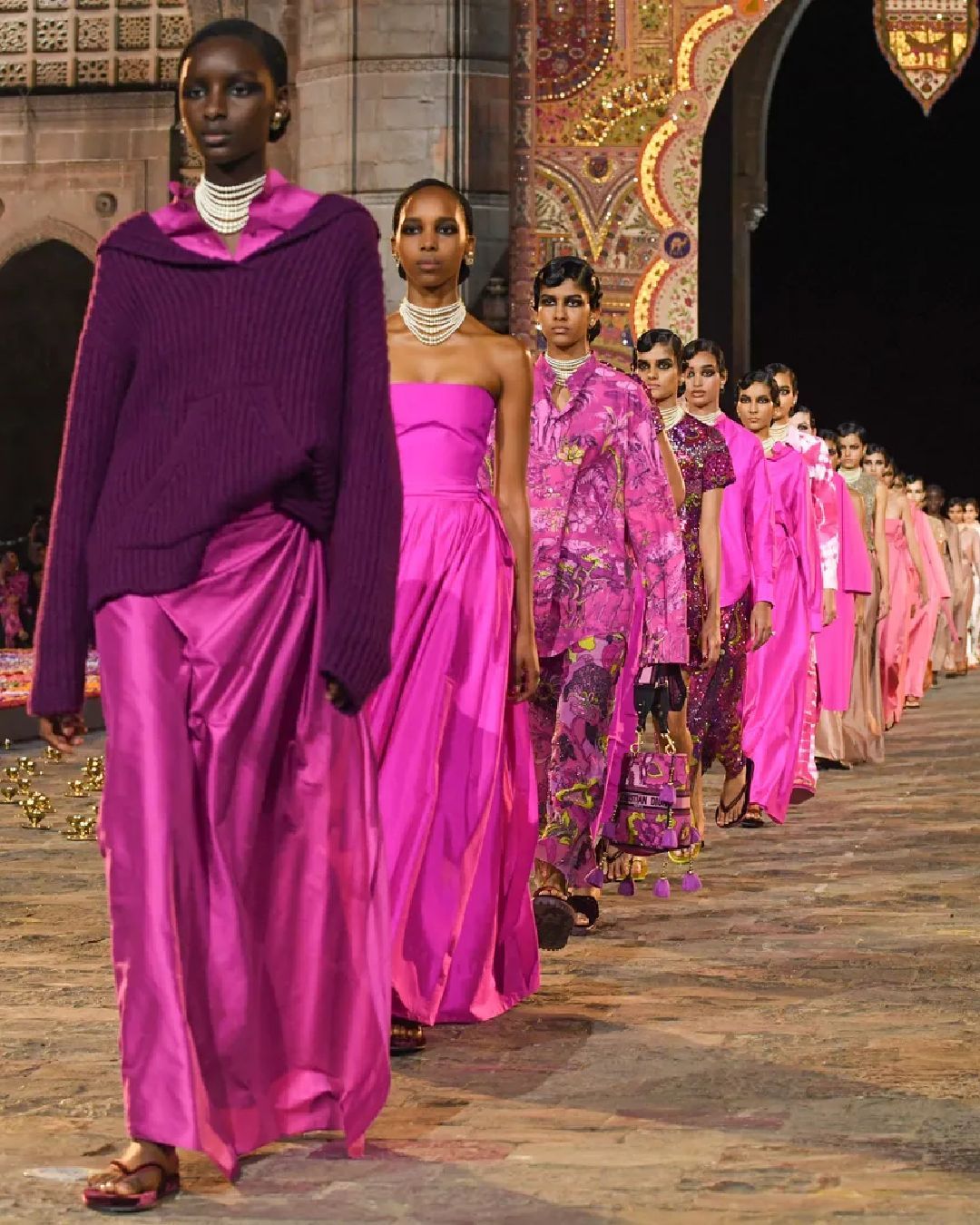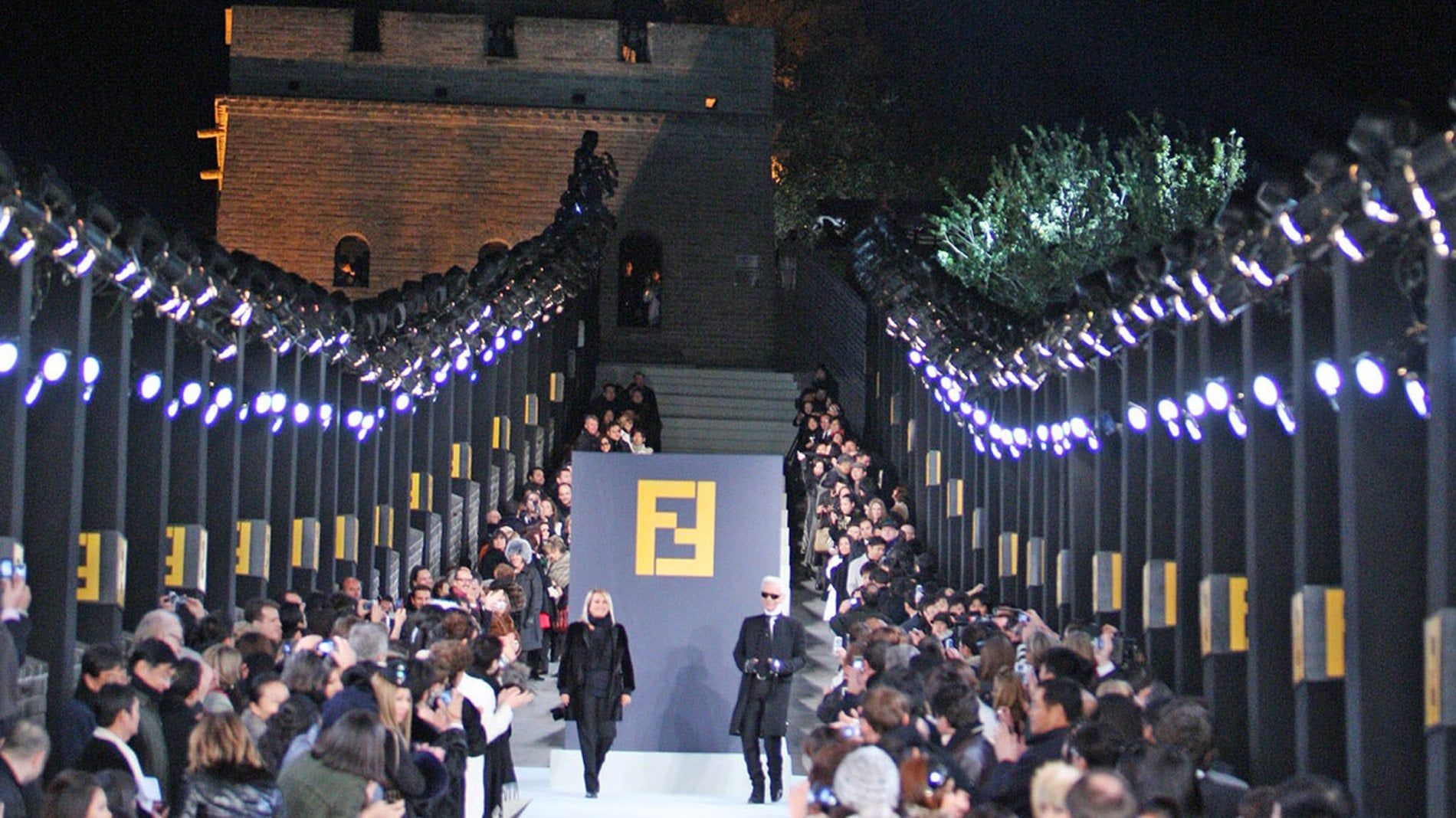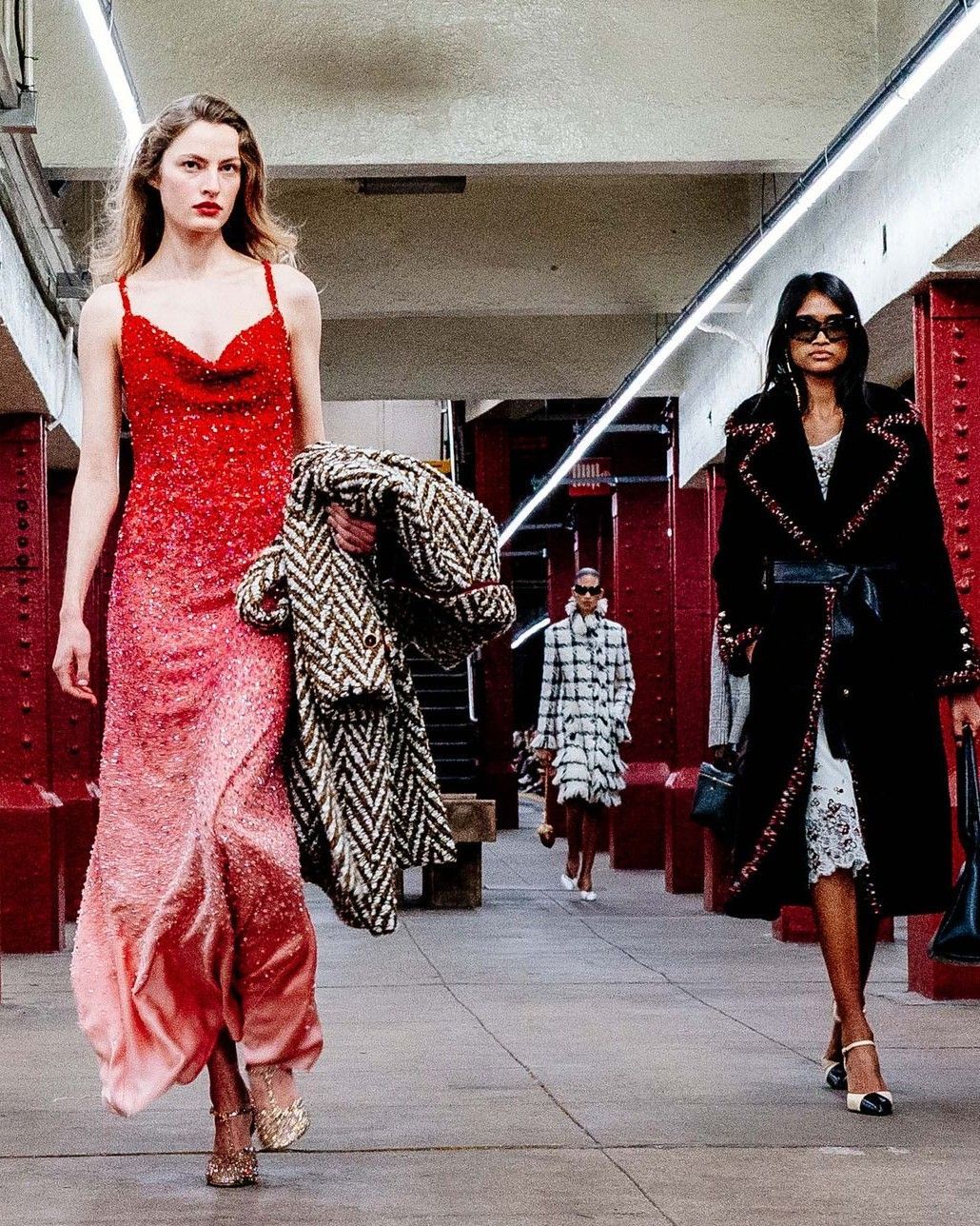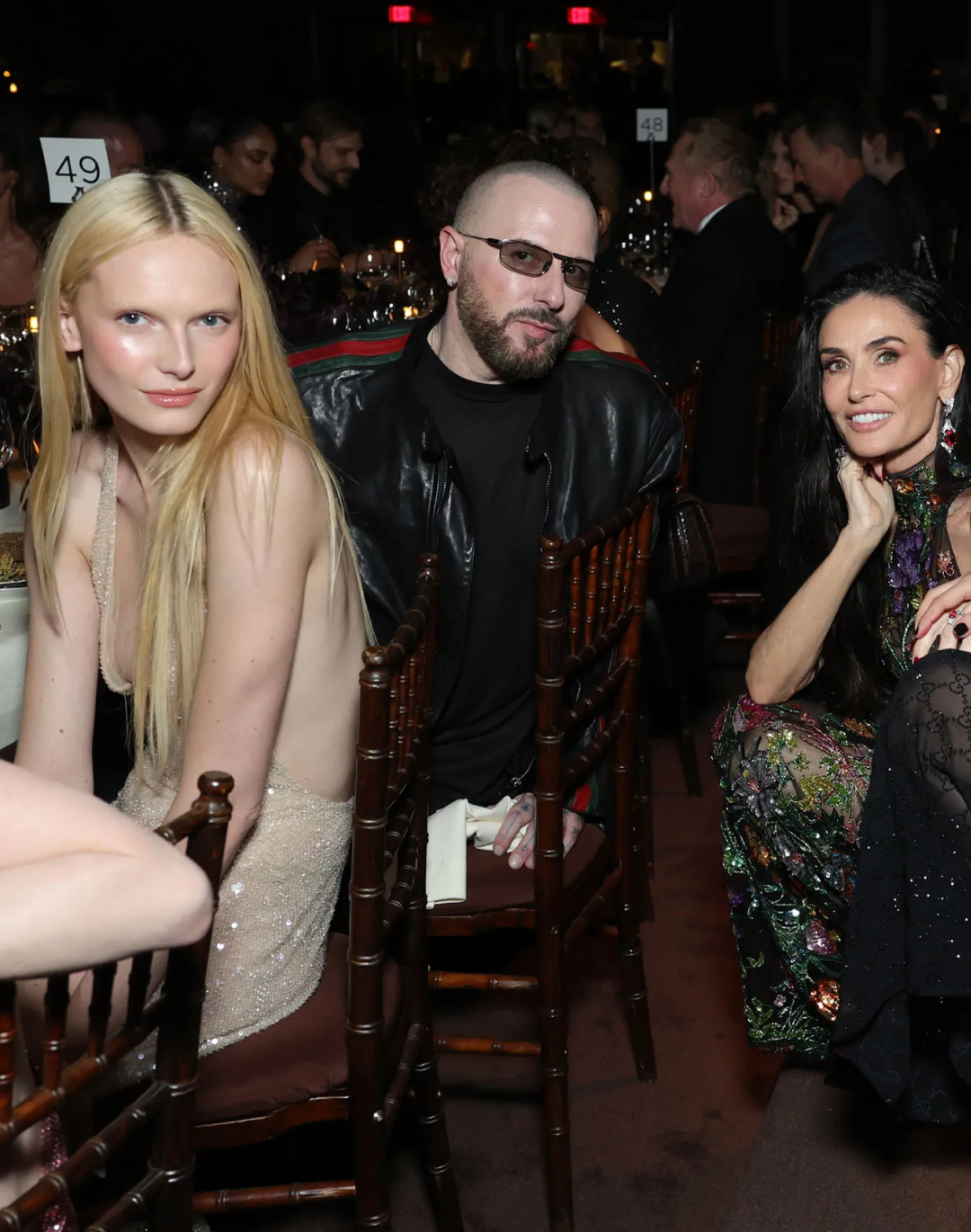
What's the deal with all these shows around the world Celebrating the host country, or exploiting it for media attention?
When Dior presented its Fall 23 collection in Mumbai, the Maison repeatedly stressed that the show served to emphasise the strong bond between Indian craftsmanship and that of the French brand. Just over a month later, Dior announced that the next Cruise show will be held in Mexico City. For years, fashion houses have been travelling the world to present their collections, but this incessant succession of shows, framed by breathtaking settings and beautiful yet forgettable garments, raises the doubt that all this need to celebrate distant countries is just a cunning attempt by the biggest fashion houses to keep the media spotlight on them.
The calendar of fashion shows in the first hottest month of 2023 includes, for now: Chanel, in Los Angeles on the 9th, Gucci, in Seoul on the 16th, Dior, in Mexico City on the 20th, Versace x Dua Lipa, in Cannes on the 23rd, and Louis Vuitton in Isola Bella on the 24th. And then in June Carolina Herrera, Max Mara, Saint Laurent and Fendi, in Rio de Janeiro, Stockholm, Berlin and Florence. During the pandemic, dozens of interviews with designers, CEOs and other industry figures painted the future of fashion as one free of superficial collections, punctuated by a few works focused «no longer on quantity, but on quality,» as Sara Maino explained in Vogue, for example. But this list speaks for itself: the fashion industry has resumed the same brisk pace as in 2019. Nothing has changed. Isn't it interesting how the commitment to the environment so often flaunted by the most famous maisons starts lacking, once the holiday season rolls around? Cruise shows have already received countless articles and controversies regarding their problematic nature, as Chanel's in Cuba and Gucci's in Westminster Cathedral in 2016 - «blessing or blasphemy?» wrote the New York Times. Perhaps it is time to cut them some slack. After all, every time Dior stages a show around the world, it collaborates with manufacturers, artisans and artists in the host country, influencing tourism and the economy. And very often, as in the case of Gucci in Seoul and Max Mara in Stockholm, the choice of one place rather than another for a show away from home depends particularly on the relationship the brand has with the citizens of the country to which it migrates.
The traditional cruise was originally intended for affluent consumers, who, in order to set foot in overseas places considered «exotic», decided to visit them briefly and absent-mindedly, leaving it to the photographs and souvenirs to show their friends how much they had travelled - and just how much they could afford it. Similarly, cruise shows take their inspiration from the same niche phenomenon, portraying in a simplistic and romanticised way, as tourists often like to do, the history of countries whose cultural roots go much deeper than the collections staged by the host fashion houses let on. It is all well and good that fashion wants to retain its glamorous, spectacular side, a throwback to the days when elegance and pageantry were the sole driving force behind design, but if all these Cruise shows are about is ingratiating themselves with investors, advertisers and consumers, then the artistic sense of the collection is not about the clothes, but about the landscape that frames them.
















































